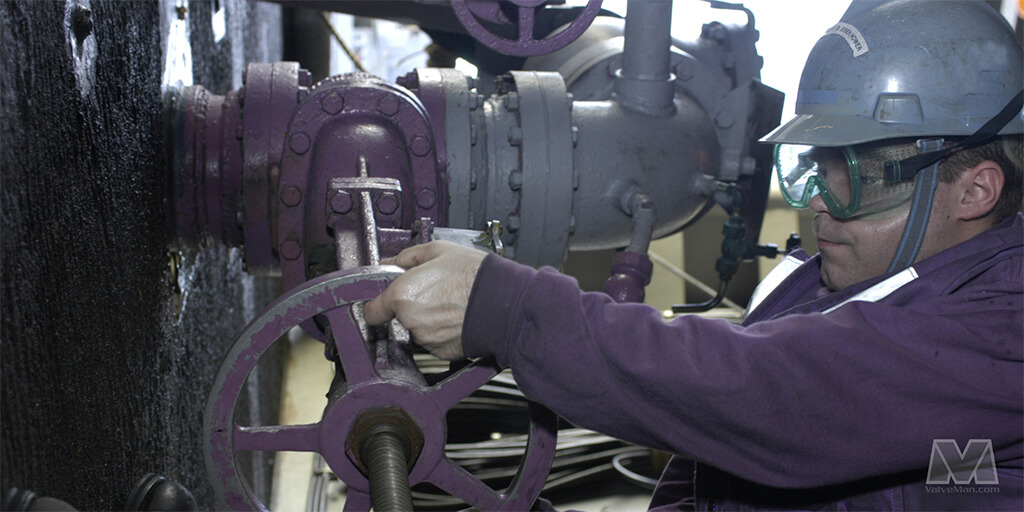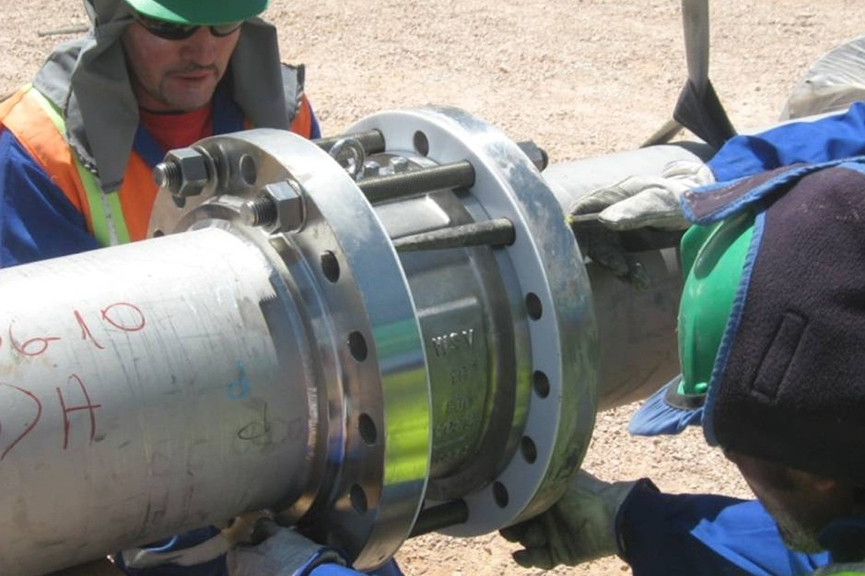A motor for a table saw is crucial for its performance and efficiency. This powerful component determines the saw’s speed, torque, and overall capability to cut through various materials. Selecting the right motor not only enhances the table saw’s functionality but also contributes to safety and precision in woodworking projects. In this article, we will explore essential aspects of table saw motors, answer common questions, and touch upon related materials such as geomembrane, which can influence woodworking setups.
What types of motors are commonly used in table saws?
Table saws typically use either direct-drive motors or belt-driven motors. Direct-drive motors are mounted directly on the saw blade, providing immediate power and responsiveness. In contrast, belt-driven motors use a pulley system to transfer power, allowing for greater flexibility in motor size and increased torque.

How do I choose the right motor size for my table saw?
Choosing the right motor size depends on the intended use of the table saw. For light-duty tasks, a motor with 1-1.5 horsepower is usually sufficient. However, for heavier materials or frequent use, a 3-horsepower motor is recommended. It’s also essential to consider the saw’s design and maximum blade size.
What maintenance does a table saw motor require?
Regular maintenance is vital for prolonging the life of a table saw motor. This includes cleaning dust and debris from the motor housing, checking electrical connections, and lubricating any moving parts. Additionally, inspect the belts (if applicable) for wear and replace them as needed to ensure optimal performance.
How does the motor impact the safety of a table saw?
The motor plays a significant role in the safety of a table saw. A well-powered motor reduces the likelihood of stalling during cuts, which can lead to accidents. It’s essential to use a motor that matches the saw’s capacity to ensure consistent performance and minimize risks. Using safety features such as blade guards and push sticks in conjunction with a reliable motor enhances overall safety.
In summary, the motor for a table saw is a critical component that influences its performance, safety, and efficiency. By understanding the types of motors, selecting the appropriate size, performing regular maintenance, and prioritizing safety features, woodworkers can optimize their table saw experience. Additionally, considering related materials like geomembrane, which may be used in specific woodworking applications, can further enhance project outcomes and overall productivity. Always invest in a quality motor to ensure your table saw meets your woodworking needs effectively.
